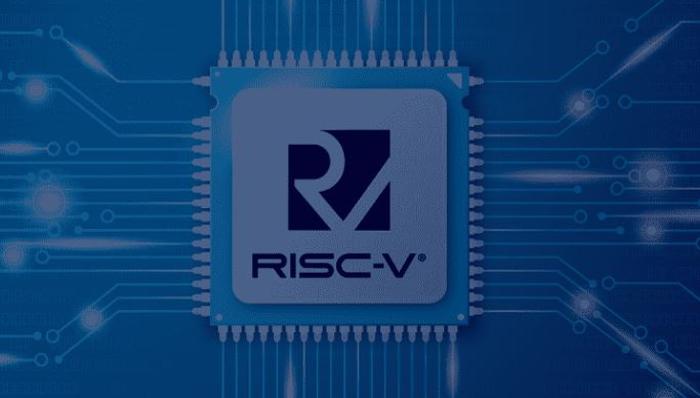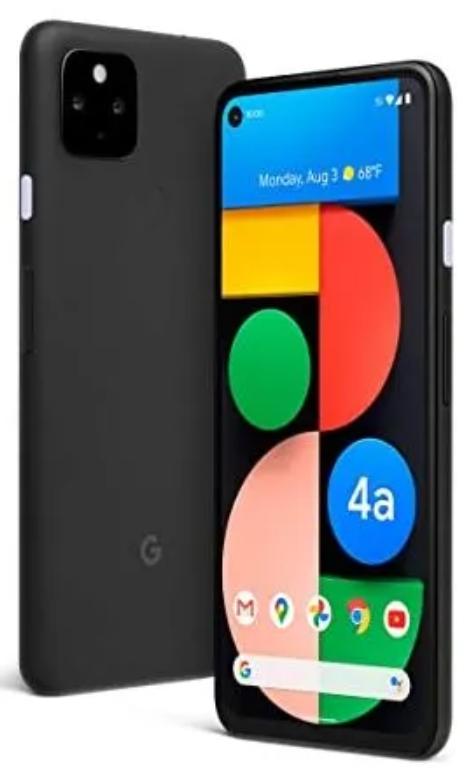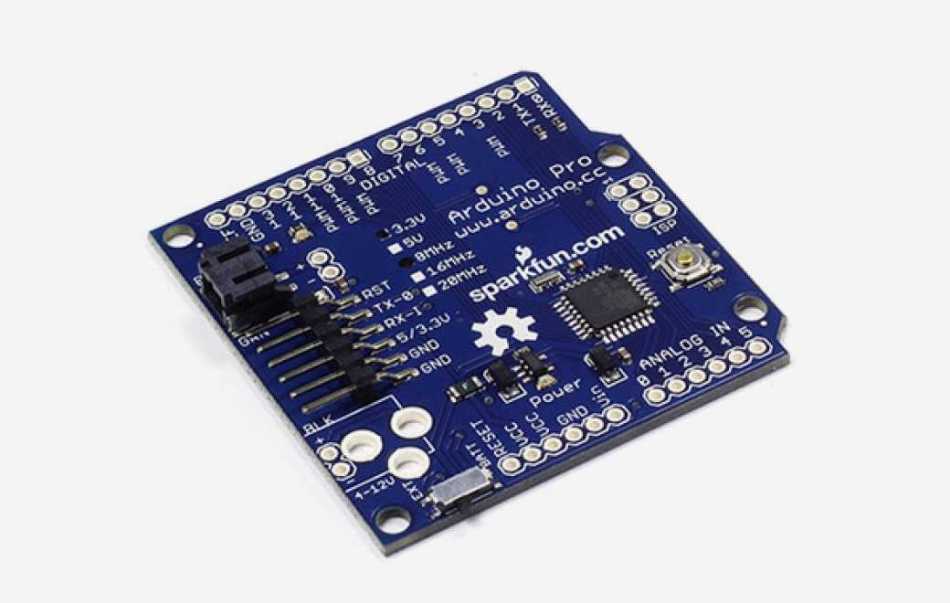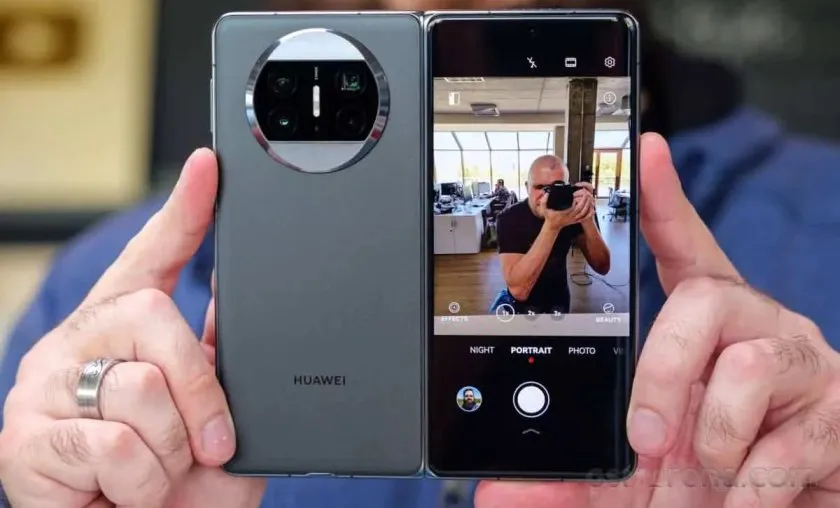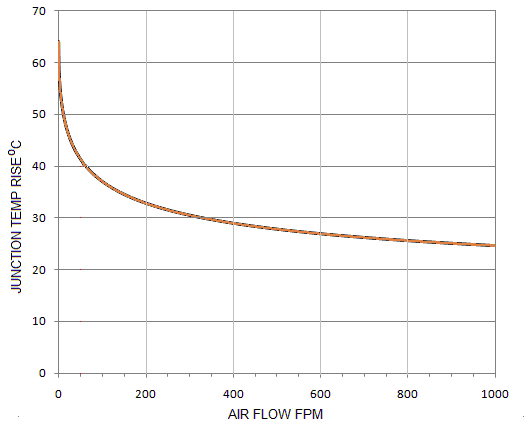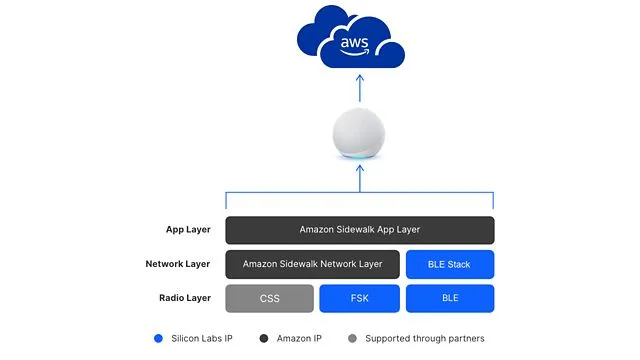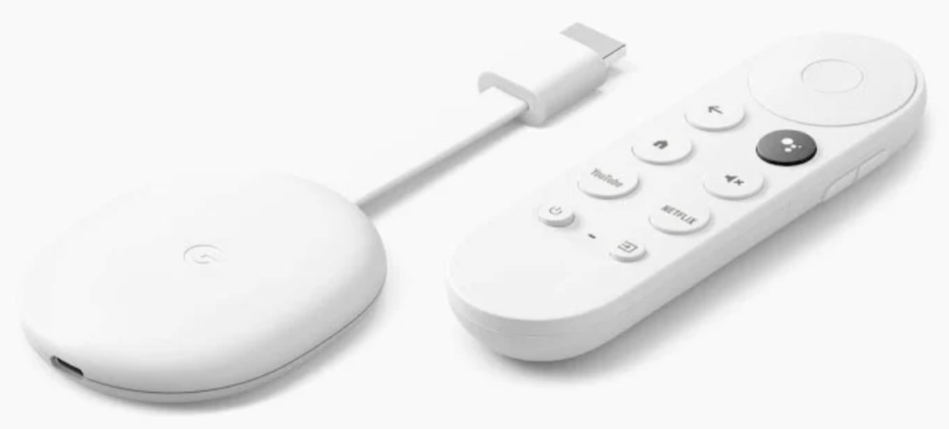
Obtaining a patent in a corporate environment
- Communications
- 2023-09-23 21:39:57
There have been many articles on patents that answer questions such as “How do I file a patent?”, “Should I patent my idea?”, or “How much does a patent cost?” All these are good to read if you’re working for yourself and have a great idea, but most of us work for a company, and filing for a patent within a company yields different questions and a different path.
(Let me put a caveat here before we begin: I am not a patent lawyer, patent attorney, or a patent agent. I’m just an engineer who has submitted about 30 patents within a corporate environment. Also, I have spent a period working for a patent attorney, offering technical assistance and being tutored on writing patents. I am presenting information from my experiences, but not giving legal advice.)
Listing inventors on the patent and taking notes from the start
So, let’s talk about this path from idea to patent. It all starts with a problem or project you have been assigned to work on. You and the team you are working with have meetings, work on individual tasks, and share ideas back and forth. It may be that one of your tasks does not seem to fit typical solutions so you think “if I just modify the usual way of solving this it will fit our requirements”. Or perhaps you come up with an entirely new solution to your problem. Perhaps you may now have a patentable idea. This new idea may elicit some discussions with other teammates. This is the time where you should keep good notes—one note being the date you thought of the general idea of a solution. Also, you need to keep notes of discussions you have with others and record suggestions they have made to fine-tune your solution. This is important since, if other people add ideas to your solution, they should be added to the patent submission. If someone contributes significantly to the solution and is not included on the submission, there may be hard feelings.



Patent law provides guidance on who should be listed as inventors on the patent. It essentially requires that all actual inventors must be named in a patent application. These inventors are defined as individuals who have contributed to the conception of at least one claim (we’ll discuss claims later). On the flip side, others may have helped on the way but will not be included, such as someone who builds a device your group invented. Perhaps more awkward is that your managers are not included, unless they contributed the idea in one of the claims. I have seen managers automatically being added to the submission, but this is not legally correct.
Filling out a submission form and invention disclosure review
Ok, so you have your idea documented and inventors identified, now you can fill out a submission form for a patent request and send it to your company’s General Counsel, Corporate Counsel, or Patent Counsel (or other keeper of the companies IP). This is not a formal legal document; it is a form your company created to capture information so they can take the next steps on obtaining a patent. This submission form, often referred to as an invention disclosure, will record things such as: the invention name, the inventors’ names and contact information, first date of the concept, a description of the invention, any useful document and drawings you may have, as well as some other pieces of information. The description should be a short simple description of the overarching ideas of how your invention works and why it is useful. Don’t think of it as the legal description of the patent–that comes later and will not need to be written by you.
Some invention’s disclosure forms have a section for discussion of prior art (similar solutions that are already known or published). Be careful here. The legal community is split on the idea of the inventor searching for prior art. You should discuss this with your General Counsel before doing any searches.
The invention disclosure will then be reviewed. Your company may have a group of employees that review patents and provide technical insight into the validity of the invention as well as the relative worth to the company. If your company does not have such a group, I would suggest you work on getting one formed, they are very valuable in filtering ideas. Your submission will then pass through this group who will report their opinion back to the General Counsel (you may or may not be informed of the review committee’s result).
Handing it off to the patent attorney
Let’s assume the concept made it through the patent review committee and the General Counsel concurs; the General Counsel will then pass your submission to someone to actually write and submit the patent. This could be a patent attorney, patent lawyer, or patent agent. Typically, this would be from an outside private agency although large corporations may have these individuals in-house.
(Some definitions: A patent lawyer can write the patent and deal with the patent office to get your patent through but can also defend it in court if needed. A patent agent is not a lawyer but can help write a patent and work with the patent office to get it granted.)
An informal meeting discussing patent with the attorney
You may now have to wait for a few weeks or months before you get involved again. But then, after reading your invention disclosure and documents, the patent lawyer (or whoever your company uses) will set up a meeting with you to discuss your invention. This is usually informal, and you may find it interesting and, dare say it, fun. Assuming your company selected a good patent agency, you’ll be pleasantly surprised to see that the patent lawyer will be very knowledgeable in engineering. The ones I have worked with typically had master’s degrees in electrical engineering along with their law degrees and usually have fully grasped the concepts of the invention. This first meeting is usually less than an hour long and by the end the patent lawyer has a firm grasp of the invention and you may be asked to create a small document or two (usually a drawing or sketch such as circuit diagram, flow diagram, or mechanical sketch). Note that the lawyer will not ask for a working model as it is typically not required to obtain a patent. The patent lawyer and associates will now create the patent text and any drawings needed. This will typically be for a nonprovisional utility patent which uses things like product, process, or machine. A provisional patent is a short-term (1 year) patent.
Review of the patent document
Next comes the review of the patent document. The first draft will be sent to you and all inventors for review and will require some hours of work. This part, although interesting, can be very difficult. The text can be very slow to read as it is written in legalese (when was the last time you read documents with phrases such as “being one of a plurality of available…” or “according to specific examples of instant disclosures, embodiments are directed to or involve a…” in a sentence). My first piece of advice, if you’re not used to reading patents, is to read a few pages at a time then take a break. It takes a while to get through it. (Typical patents run from about 20 to 40 pages but I had one that ran 70 pages and the longest US patent was over 3000 pages.) You, and the other inventors, are reading to check that what is written fully, and correctly, describes your invention. But you are also doing a general document review, checking for spelling, grammar, etc. As you read, markup the text, and drawings, with changes or questions for the lawyer. Remember, you need to check each part of the patent.
A typical patent typically contains the following parts:
Title: This is a brief and concise statement of the invention. It seems simple, but my experience is that the patent attorney has some tactical reasons for the naming.Background or Overview: This does not describe your invention but describes the general field of the invention. It’s used by the patent office to classify the patent.Brief description of the drawings: Here each drawing, now referred to as Figure, gets a very short description.Summary of the invention: Just what it sounds like, a few paragraphs or pages describing the invention.Claims: Thissection defines the scope of the invention. This is the legal heart of the patent. Everything else hangs on the items in the claims. This is the first thing the lawyer will write.Detailed description: This is the meaty part of the patent as it is many pages long detailing all aspects of your invention. It is built on the claims by expanding on each claim into a “slightly” more readable style. Note that this section makes heavy reference to the drawings and as text of drawing items are used, they are always followed by the item number on the drawing. This number will appear in bold. Each claim should be covered in the detailed description.Abstract: This is usually a short description of the first claim.Drawings: Any drawings that are needed to aid in describing the invention. These can be mechanical drawings, schematics, system block diagrams, flowcharts, or anything that is helpful. Items of interest in each drawing will be marked with a number and line or arrow. Item numbering is typically created by using the drawing (figure) number as the hundreds and the item numbered within those hundreds. As an example, Figure 3 may have items marked 300 through 399.Proofreading the claims
Since claims are the heart of the patent, let’s talk a little bit more about them. The claims section is actually the first section you should read as everything is based on these. Note that these are, by far, the hardest part to read. They are written in full unadulterated legalese and, just to make it more obfuscated, each claim is required to be only one sentence. I think lawyers only see this as a challenge and they can create extremely long sentences filled with “and”, “including:”, and semicolons. The longest claim in a US patent is over 17,000 words–all in one sentence.
An important thing to note is that there are two types of claims, independent and dependent. The first claim is always independent, and all subsequent claims can be independent or dependent. As you might have figured out, dependent claims follow and add some more detail to another claim. You can tell a dependent claim as it usually starts with something like “The system of claim 9 wherein…”
You may also see what appears to be repetition in the claims, but careful reading will find a single word change. An example is that some patents involve a device and also a method of using that device. In this case you may see a set of claims describing the device and a very similar set of claims describing a method.
Proofreading the description of the drawings
When proofreading the “Description of the Drawings” you may want to have the drawings on hand also. This is because this is one of the areas which I usually find errors in. Oftentimes, the numbers on the items in the drawings don’t match the numbers in the text within the “Description of the Drawings”. It could be the number is wrong, is missing, or just doesn’t exist. Also check that each item on the drawings is used in at least one place in the “Description of the Drawings”.
You may notice the lawyer has broadened the scope of your invention. For example, if your invention is a sensor for monitoring the metal frame of an automobile, the document may describe the sensors use in a truck, airplane, ship, spacecraft, etc. This should be a welcome result as it makes the patent more valuable.
Final review of the patent with the attorney
After you and the other inventors complete proofreading the patent document, you’ll have a meeting with the lawyer to discuss all the changes. (Note that lawyers like to reference areas of the document using paragraph markers such as “[27]” for paragraph 27. Don’t reference page numbers.) After you reach an agreement on the changes, the lawyer will go back and modify the document and send back the document to review again. Hopefully the changes will be marked so you don’t have to reread the entire document. If you find more errors, go through the loop again. After a good text is agreed on, you are done for a long time. The patent document will be filed and a lot of background things will happen as the lawyer works with the patent examiner to get it granted and issued. For the patents I worked on, the time from filing to the patent being granted has run from 18 months to just under 5 years so be patient. You won’t hear much for some time. The patent application will be published 18 months after it is filed, so you’ll find it in a search. This does not mean it is granted or if it will be granted, it is just a standard part of the procedure.
Eventually, when everything works out, your patent will be granted. You may read online that only around 50% of filings make it to a granted patent. I believe this number is much higher for corporate filings. I have submitted over 30 patent applications and have never had one rejected, although the lawyer earned his money in a few cases.
After the patent is granted, your company will have you sign a document making them the assignee or owner of the patent but you will continue being listed as the inventor on the patent. Hopefully your company rewards you for your effort. My experience varied from $1 to sign it over to $4000 and a nice plaque.
So now you know what to expect. Go ahead and give it a try, you may find it interesting, your company will be happy building a patent portfolio, and patents on your resume are not a bad thing.
Damian Bonicattois a consulting engineer with decades of experience in embedded hardware, firmware, and system design. He holds over 30 patents.
Phoenix Bonicattois a freelance writer.
Related Content
Simple GPS Disciplined 10MHz Reference uses Dual PWMsTime for a second 3D printer in the labThe patent process: preparing your applicationWhat were they thinking: A crazy patent makes moneyObtaining a patent in a corporate environment由Voice of the EngineerCommunicationsColumn releasethank you for your recognition of Voice of the Engineer and for our original works As well as the favor of the article, you are very welcome to share it on your personal website or circle of friends, but please indicate the source of the article when reprinting it.“Obtaining a patent in a corporate environment”

